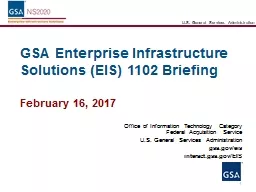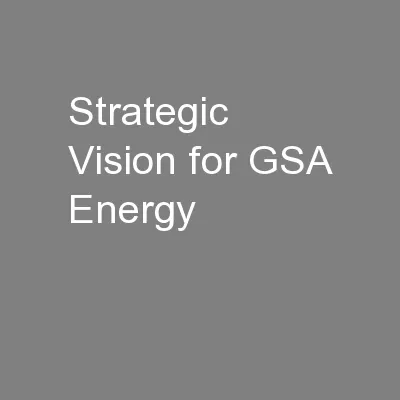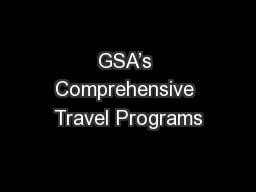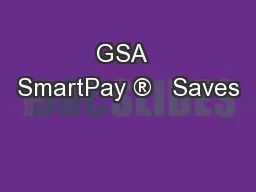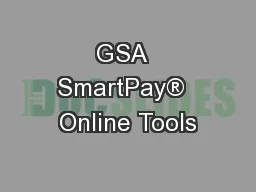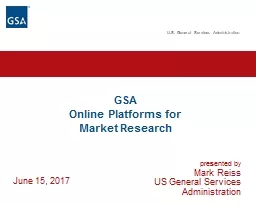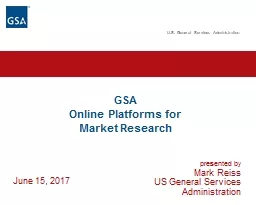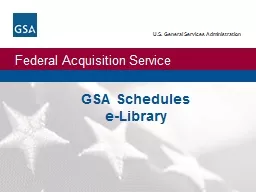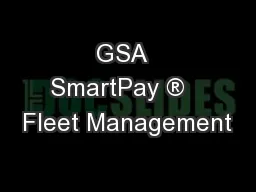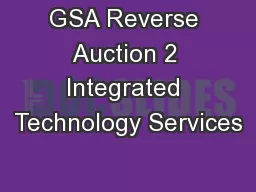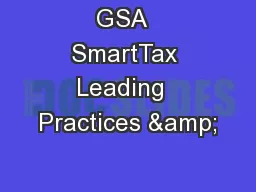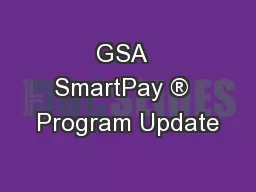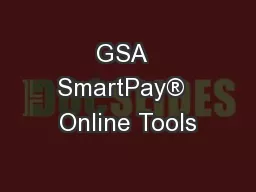PPT-GSA Enterprise Infrastructure Solutions (
Author : kittie-lecroy | Published Date : 2019-12-20
GSA Enterprise Infrastructure Solutions EIS 1102 Briefing February 16 2017 Office of Information Technology Category Federal Acquisition Service US General Services
Presentation Embed Code
Download Presentation
Download Presentation The PPT/PDF document "GSA Enterprise Infrastructure Solutions..." is the property of its rightful owner. Permission is granted to download and print the materials on this website for personal, non-commercial use only, and to display it on your personal computer provided you do not modify the materials and that you retain all copyright notices contained in the materials. By downloading content from our website, you accept the terms of this agreement.
GSA Enterprise Infrastructure Solutions (: Transcript
Download Rules Of Document
"GSA Enterprise Infrastructure Solutions ("The content belongs to its owner. You may download and print it for personal use, without modification, and keep all copyright notices. By downloading, you agree to these terms.
Related Documents

